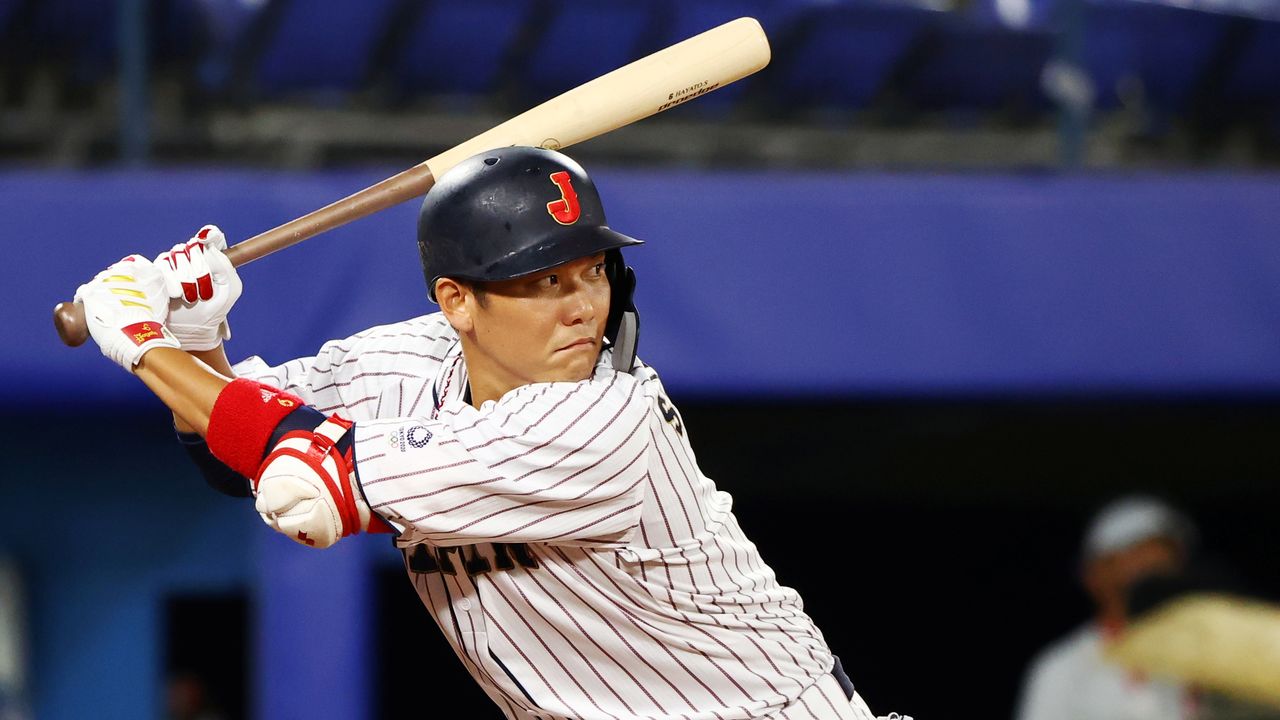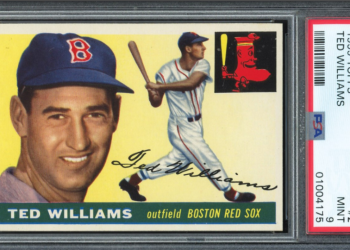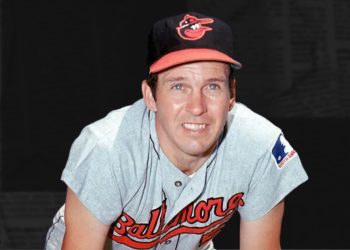Baseball, while undeniably an American invention, has found fertile ground to flourish in Japan, captivating a nation with its ethos and excitement. The mention of “Japan baseball standings” evokes images not just of statistics and tables but of a culture deeply entwined with the sport. How does this all come together, transforming a mere game into a spectacle of national pride and strategic marvel?
The Arrival of Baseball in Japan
To appreciate the Japanese baseball standings truly, one must first travel back in time. The game was introduced in Japan around the 1870s, a mere two decades after it gained prominence in the United States. Brought over by a teacher, Horace Wilson, in Tokyo, baseball rapidly gained momentum across schools.
Did You Know? In 1936, Japan founded the Nippon Professional Baseball (NPB), its first professional league, which remains the top tier of baseball in Japan to this day.
Why Standings Matter
In Japan, as in many countries, the standings don’t just reflect wins and losses— they tell the story of a season’s strategic maneuvers, clutch moments, and rising stars. Standings shape conversations, influence team strategies, and even affect coaching careers. But how are they structured?
Here’s the thing: Japanese baseball consists primarily of two leagues under the NPB – the Central League and the Pacific League. Teams vie for the top position, battling in a fast-paced, highly disciplined environment.
Structure and Scoring
Understanding standings starts with grasping the scoring systems, which are central to how teams position themselves. Wins, losses, and ties all factor in. Unlike in Major League Baseball (MLB), games in Japan can end in a tie, primarily during the regular season.
Table of Standings Format
| Position | Team Name | Wins | Losses | Ties | Winning Percentage |
|---|---|---|---|---|---|
| 1 | Hanshin Tigers | 65 | 47 | 8 | 0.580 |
| 2 | Yomiuri Giants | 62 | 50 | 8 | 0.554 |
| 3 | Chunichi Dragons | 60 | 55 | 5 | 0.521 |
Competitive Edge: Playoff Structure
Leagues culminate in playoffs, known locally as the Climax Series, followed by the Japan Series, the equivalent of the World Series.
How does one gain a spot in these prestigious matches? It’s a rigorous journey. Only the best from each league advance to the postseason, where they must steel against fierce competitors. The pressure cooker atmosphere sees teams desperately strategizing each play.
Icons of Japanese Baseball
What do you think of when you hear “Japanese baseball icons”? While there are many, few names echo as profoundly as that of Sadaharu Oh. Known for hitting an astonishing 868 career home runs, Oh is a testament to Japan’s rigorous training ethos and strategic prowess in baseball.
Interesting Fact: Sadaharu Oh holds the world record for the most career home runs in professional baseball— a staggering achievement that remains unmatched to this day.
The Role of Culture and Tradition
Japanese baseball isn’t just athletic prowess— it’s also about rich cultural practices. The ceremonial first pitch, spirited cheer squads, and meticulous pre-game rituals all bear testament to a culture that reveres discipline and respect.
It’s these elements that intrigue and entrance, contributing to Japan’s unique flair on the game. So, while standings indicate performance, they are also steeped in tradition, telling much more than mere victory margins.
Current Trends and Future Outlook
Lately, younger talents are making waves, with players like Shohei Ohtani leaving footprints on international soil. The evolution of talent, combined with statistical analysis, makes for an exciting era where standings are as dynamic as the sport itself.
Tips for Fans:
- Check daily updates from NPB’s official channels or sports news outlets to keep track of standings.
- Engage with local fan clubs or online communities to dive deeper into analyses.
- Attend games in Japan when possible to soak in the authentic spirit of NPB baseball.

FAQs about Japanese Baseball Standings
Why do Japanese baseball games end in a tie? Ties are a result of unique league rules, primarily designed to save both time and resources during the regular season.
What influences team standings the most? Consistency in performance, strategic play, and effective utilization of player skills are pivotal.
How can fans access accurate standings? Official NPB websites and reliable sports news outlets provide the most accurate and up-to-date information.
In Conclusion
Honestly, Japanese baseball standings are more than statistics; they’re a reflection of cultural heritage, unwavering dedication, and competitive spirit. This landscape is fascinating not just for the rosters and rankings but for the layers of tradition and evolving strategy it unveils. So next time you glance at those standings, remember—they’re the narrative threads weaving together Japan’s passion for the timeless game.
| Feature | Japan Baseball | American Baseball |
|---|---|---|
| Season Format | NPB Central and Pacific Leagues | MLB American and National Leagues |
| Tie Games | Permitted | Not Permitted |
| Famous Icon | Sadaharu Oh | Babe Ruth |
Thanks for reading! Make sure to check out other articles on our website for more intriguing insights into rare facets of world sports and beyond.















